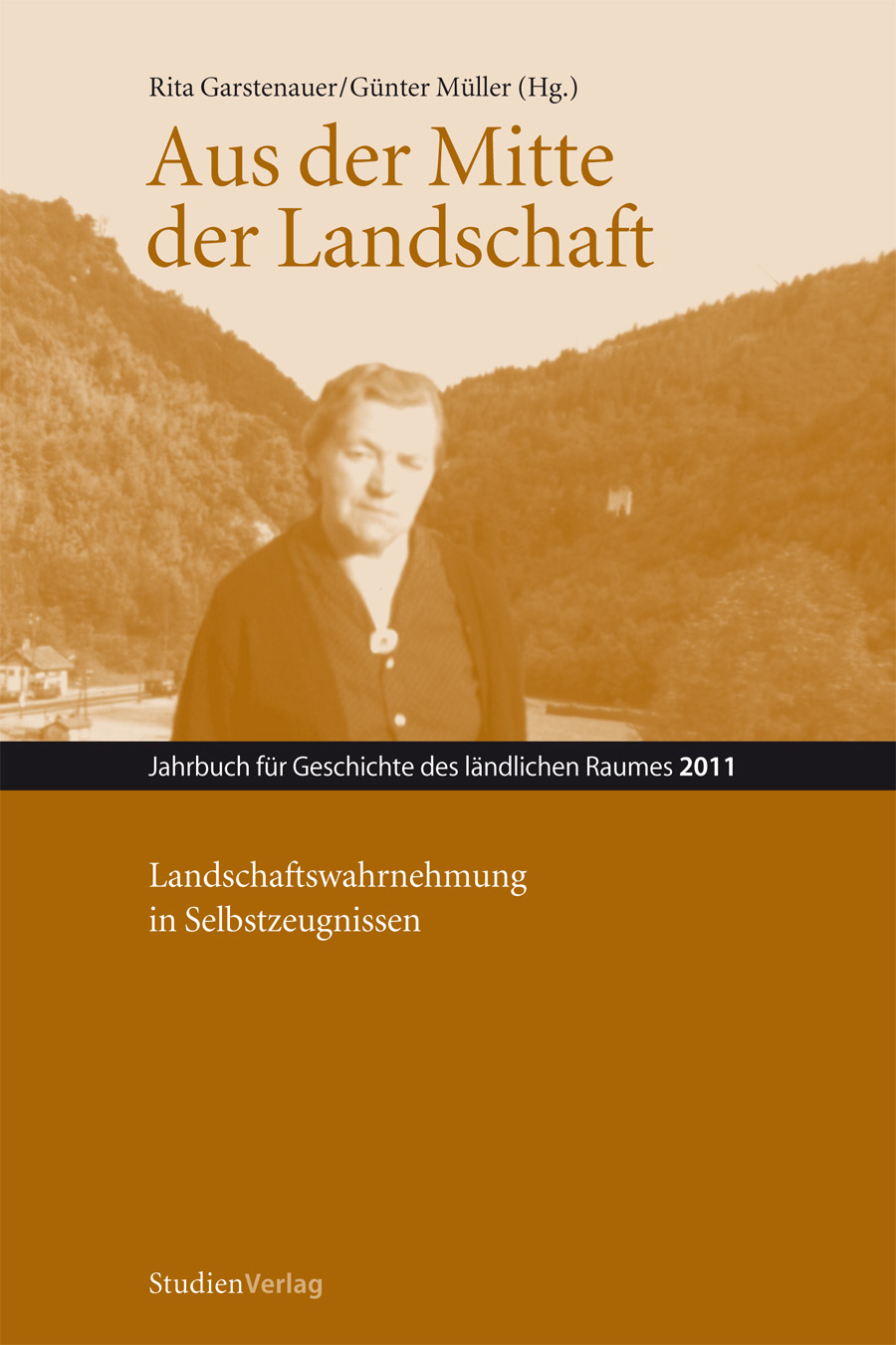„Endlich haben wir nach drei Tagen wieder Grün gesehen.“
Die Landschaft der normalen, karnevalesken Hochwasserkatastrophe
DOI:
https://doi.org/10.25365/rhy-2011-9Abstract
Roughly every year the Danube floods an area called Machland at the border between Lower and Upper Austria. Until the spatial retreat from the area in the third part of the twentieth century, inhabitants were directly affected by these floods. Farmers had settled in the flood plains over hundreds of years. Just as the inhabitants of the nearby village Ardagger Markt, they had developed ways of dealing with the water. They read signs of upcoming floods and moved to the secure upper floor where they lived a temporary ‘other’ every day life. The specificity of closeness to the water serves as a point of departure for this article. Based on interviews with the area’s (former) inhabitants it elaborates on their relation to the flooded landscape. It particularly highlights that the fluvial topography adheres a carnivalesque dimension because the Danube seems to not abide by the laws of nature during the floods.


